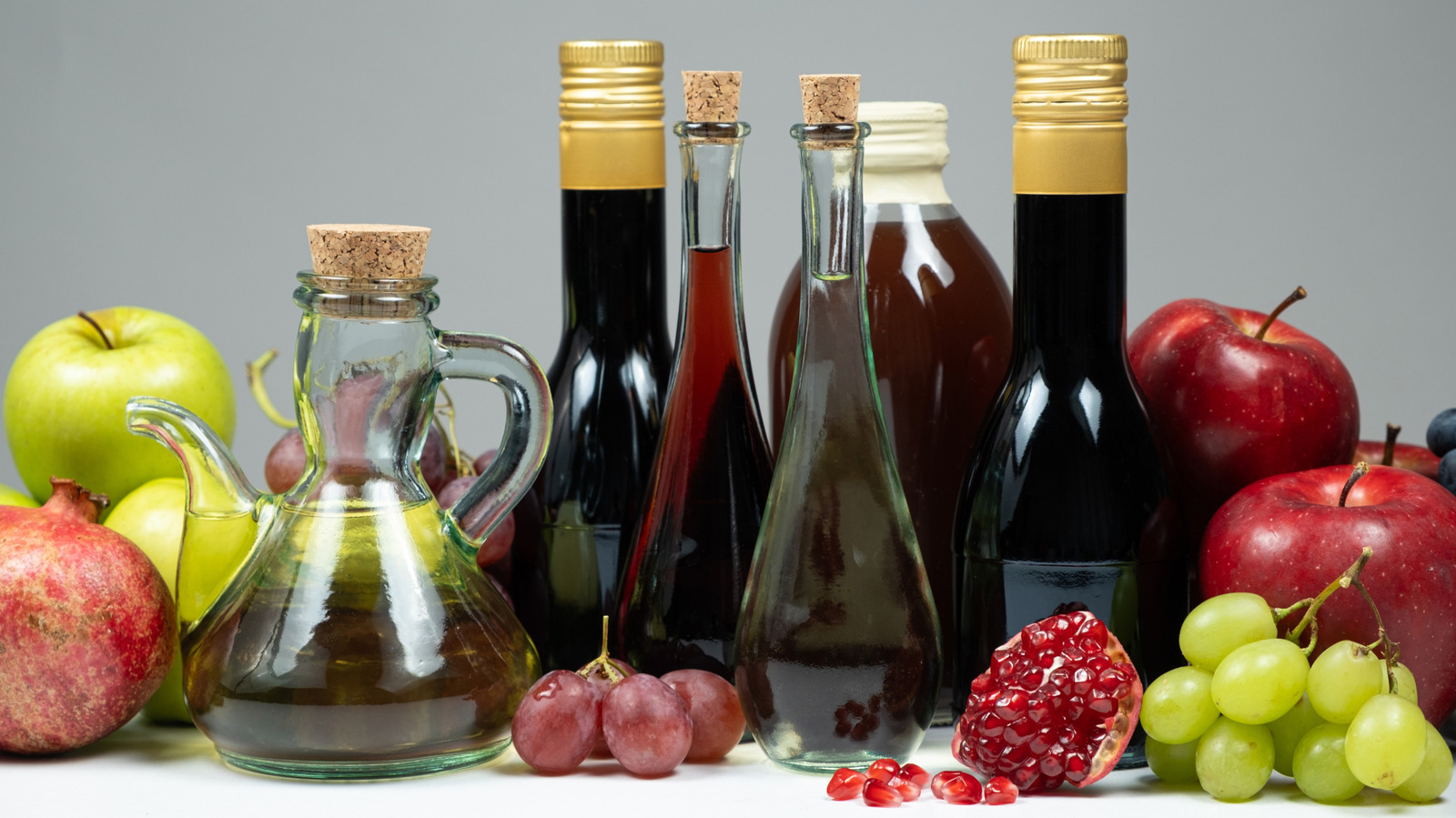
"While you aren't likely to make this mistake with most types of vinegars - it would be tough to confuse that aged balsamic for a bottle meant to be used to wipe down the counter - it can get particularly confusing with your culinary white vinegar and your cleaning vinegar. While there are many ways to cook with distilled white vinegar, cleaning white vinegar should never be used in food."
"The acetic acid solution is then diluted to a usable level - but that's where the differences begin to crop up. Culinary white vinegar is typically diluted to a 4-7% solution of acetic acid, whereas cleaning vinegar can contain as much as 20%. While it might not seem like a big difference, that increased acidity means that it can cause you some serious problems if you ever get the two confused."
"Beyond the acidity, cleaning vinegar is not produced to food-safe standards and often contain additional chemicals that can result in esophageal and intestinal issues. For a safe kitchen, you want to keep these two vinegars in their own lanes and in their own storage areas. Culinary white vinegar is a versatile tool - not only are there many ways to cook with distilled white vinegar, but, when mixed with water at a 1:1 ratio, there are also many vinegar cleaning hacks."
Cleaning vinegar and culinary white vinegar are produced by fermenting grain alcohol with bacteria to form acetic acid and then diluting the solution. Culinary white vinegar is typically diluted to 4–7% acetic acid; cleaning vinegar can reach about 20% acidity. The higher acidity and lack of food-safe production make cleaning vinegar unsafe for consumption and may include additional chemicals that can cause esophageal and intestinal harm. Culinary white vinegar (5%) can serve for many household cleaning tasks when diluted 1:1 with water. Store the two separately and prefer culinary vinegar to reduce confusion and risk.
Read at Tasting Table
Unable to calculate read time
Collection
[
|
...
]